![]() Today’s guest is Australian author Bill Condon who is well-known for his prize-winning YA and junior novels. Bill’s books have CBCA short-listed four times and he was the inaugural winner of the Australian Prime Minister’s Award for Youth Literature. Bill’s latest book, a gentle and sometimes heart wrenching junior novel about a loving family struggling to make ends meet in the 1930s Great Depression, has just been released. It is All of Us Together, published by a new Australian imprint, About Kids Books. It’s an honour to have you here, Bill!
Today’s guest is Australian author Bill Condon who is well-known for his prize-winning YA and junior novels. Bill’s books have CBCA short-listed four times and he was the inaugural winner of the Australian Prime Minister’s Award for Youth Literature. Bill’s latest book, a gentle and sometimes heart wrenching junior novel about a loving family struggling to make ends meet in the 1930s Great Depression, has just been released. It is All of Us Together, published by a new Australian imprint, About Kids Books. It’s an honour to have you here, Bill!
Firstly, can you tell us a little about your writing journey.
I had my first book for children published in the early 80s when I was just a boy of 30 something years. Now I’m just a boy of 67, but I’m still hanging in there. I stumbled into writing, probably because at school it was the only thing I showed any aptitude for. When I was about 14 or 15 I wrote an essay that a teacher singled out for praise – a rare thing for me in those days – and I think that’s what got me dreaming of one day becoming a writer. My writing apprenticeship was simply living and earning a crust, mowing lawns and working in factories, meeting people and hearing about their lives, all the time subconsciously ‘growing’ my own stories, which I’ve been plundering ever since.
What do you enjoy most about being a writer?
I love the freedom of being able to create my own little world and to play in it, also to escape from real life and to not have a boss. Writing is the one thing I can do well.
What is the hardest aspect of being a writer?
Self-discipline, mainly the pressure I put on myself, lots of negative messages. There are millions of books so it’s extremely hard to come up with something original. There’s also the stress of spending years writing something which might never be published.
Writers are sometimes influenced by things that happen in their own lives. Are you?
Yes. There are autobiographical aspects to most everything I write. I plunder my life including things I see in day-to-day life. My writing is largely influenced by my environment and my personal history, the people I meet and places I’ve been.
Please tell us about your publications.
I’ve had more than 100 children’s books published by publishers such as Allen & Unwin, Random House, and Queensland University Press et al – more recently a junior novel All of Us Together (About Kids Books). My writing includes novels, short stories and non-fiction, and collections of plays and poetry.
![]() Three of my YA novels, Dogs, No Worries, and A Straight Line to My Heart, were shortlisted in the Children’s Book Council of Australia Awards. Dogs won CBCA Honour Book of the Year (2001), No Worries won CBCA Honour Book of the Year (2006), A Straight Line to My Heart was CBCA Honour Book of the Year (2008), Daredevils was a CBCA Notable Book (2007) and my junior novel, The Simple Things (Allen & Unwin) was CBCA short-listed in 2015.
Three of my YA novels, Dogs, No Worries, and A Straight Line to My Heart, were shortlisted in the Children’s Book Council of Australia Awards. Dogs won CBCA Honour Book of the Year (2001), No Worries won CBCA Honour Book of the Year (2006), A Straight Line to My Heart was CBCA Honour Book of the Year (2008), Daredevils was a CBCA Notable Book (2007) and my junior novel, The Simple Things (Allen & Unwin) was CBCA short-listed in 2015.
No Worries and A Straight Line to My Heart were also shortlisted for the NSW Premier Awards.
I was very lucky to win inaugural Prime Minister’s Literary Award in 2010 for Young Adult Fiction for my book Confessions of a Liar, Thief and Failed Sex God. My YA novel A Straight Line to My Heart was also short-listed for the PM’s Literary Award in 2012.
Let’s talk a bit about your latest novel, All of Us Together. You have addressed the sensitive topics of role reversals within the family, struggle and resilience through dark times in history. Why were these themes important for you to write about? Is there a personal meaning attached to this book?
![]() Truthfully, I had no direct aim to address these issues. They were simply a by-product of the story I created. All I knew at the start was that I wanted to write about a family living through the Great Depression in Australia. I chose that era for a number of reasons. When I was a child my parents used to tell me about their Depression experiences. Although I didn’t pay them much attention at the time, subconsciously their stories must have stuck with me because more than 50 years after I’d heard them I set out to write this book. Then, as I researched the period, I found it to be teeming with possibilities.
Truthfully, I had no direct aim to address these issues. They were simply a by-product of the story I created. All I knew at the start was that I wanted to write about a family living through the Great Depression in Australia. I chose that era for a number of reasons. When I was a child my parents used to tell me about their Depression experiences. Although I didn’t pay them much attention at the time, subconsciously their stories must have stuck with me because more than 50 years after I’d heard them I set out to write this book. Then, as I researched the period, I found it to be teeming with possibilities.
Writers go to great lengths to construct plots. But here was a plot already made. In the 1930s all over Australia lives were turned upside down and people just had to cope, the best way they could. It seemed to me like a great set-up for a story. Also, although I’m not a teacher or an historian, I thought the Depression was something that today’s kids should be made aware of. Apart from it being such an interesting time, reading a little about it might help them realise how lucky they are today. They could even become more compassionate to those who are struggling with their lives.
Usually I struggle to find a title, but in this case the title came to me fairly quickly. That in turn told me what the story would be about. All Of Us Together – the title said it all.
How much research went into this story? How much is based on fact, and what is fiction?
I researched it, but it was more to get the feeling for the time, than to actually use the material in my writing. Obviously I tried to make the language I used fit the time, but I didn’t want to write a book that readers would label ‘History’. To me it doesn’t make any difference that the story is set more than 80 years ago. The basic things people do, and how they act and react, and how they feel, don’t change. We have a lot more technology now, of course, but our hearts and minds are wired the same as they’ve always been. So this isn’t a history book to me.
As I nearly always do, I used a lot of incidents from my own life. In this book I attributed them to Daniel, the main character in the story. For instance, there’s one point when Daniel accidentally hits his best friend in the head with a stone while the boys are playing War. I did that when I was about ten to my best friend, Barry. His dad never let me play with him again. It’s a safe bet to say that whenever a reader sees Daniel getting up to mischief in the book, it’s based on something I did in real life. It follows that a writer can make a scene more alive and real, if it’s something that he or she has actually experienced. My only problem is that I’m fast running out of life to steal from, so I may have to start looking at the next life.
Do you have a favourite part or passage from the story you’d like to share?
Hopefully there are several, but here’s a shortish one to help give an idea of the book’s style. This is the final part of a scene in which Daniel and his sister Adelaide bring home a dead wallaby they have found by the side of the road after it had been hit by a truck . . .
Adelaide ties Scruffo to the gate, and then goes running inside. ‘Mum! Mum!’ She yells like her pants are on fire. I dump the wallaby on the lawn and strip off my shirt. The blood on my back feels like it’s alive.
Lydia presses her face hard against the screen door. She’s not allowed any further.
Mum peers closely at the wallaby, one hand over her mouth.
‘I don’t think there’s a smell,’ I say. ‘Nothing bad at least. And I can’t see any maggots. I reckon it’s pretty clean. Seemed wrong to leave it there to rot.’
Adelaide is at Mum’s side. ‘What’s wrong is bringing it home! It’s disgusting. We should bury the poor thing. Tell him, Mum. We don’t eat roadkill!’
‘Addie, I want Lydia away from that door. Take her to the back of the house. Make sure she says there.’
‘But what about– ’
‘Now, please.’
Mum turns to me. ‘Fetch me a knife, Daniel.’ It’s a whisper. ‘Sharpest one you can find.’
How did you find the publishing process with the newly established, About Kids Books?
![]() Di and I worked closely together throughout the process. I was given full rein when it came to deciding on matters such cover illustration and book design. At every step my opinion was sought: I am very happy with the way the book turned out. And pleased, of course, that with pre-sales to several book clubs the company immediately made a profit!
Di and I worked closely together throughout the process. I was given full rein when it came to deciding on matters such cover illustration and book design. At every step my opinion was sought: I am very happy with the way the book turned out. And pleased, of course, that with pre-sales to several book clubs the company immediately made a profit!
Other than writing what else do you love?
Playing Scrabble, reading, golf, watering the garden, punting on horses and making meals.
What would your dream location for writing be?
My ideal location is where I live currently, at Cordeaux Heights on the beautiful south coast. It is so quiet and peaceful here. I can go to my office any time, even in the middle of the night, and write without any hassles.
What are five words that sum you up?
A very tall sexy bloke
How can we learn more about you?
I share my website http://www.enterprisingwords.com.au with my author wife, Dianne (Di) Bates. I have a Facebook page, but I don’t do much social media.
Thanks so much, Bill for including Just Write For Kids on your blog tour! It’s been a pleasure!
Check out the whole blog tour for Bill’s All of Us Together book release.
17 November Di Bates http://www.diannedibates.blogspot.com.au
18 November Clancy Tucker http://clancytucker.blogspot.com.au
19 November Sally Odgers http://promotemeplease.blogspot.com.au
20 November Sandy Fussell www.sandyfussell.com/blog
21 November Dee White http://deescribewriting.wordpress.com
22 November Dimity Powell http://blog.boomerangbooks.com.au/author/dpowell
23 November Elaine Ousten http://elaineoustonauthor.com/
24 November Melissa Wray http://www.melissawray.blogspot.com.au
25 November Susan Whelan http://www.kids-bookreview.com
26 November Romi Sharp http://www.justkidslit.com







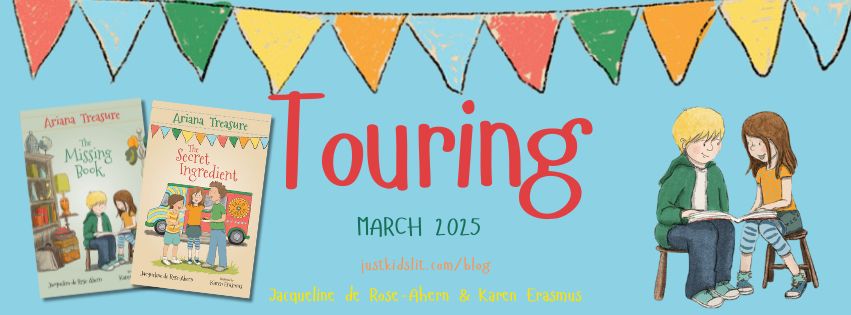
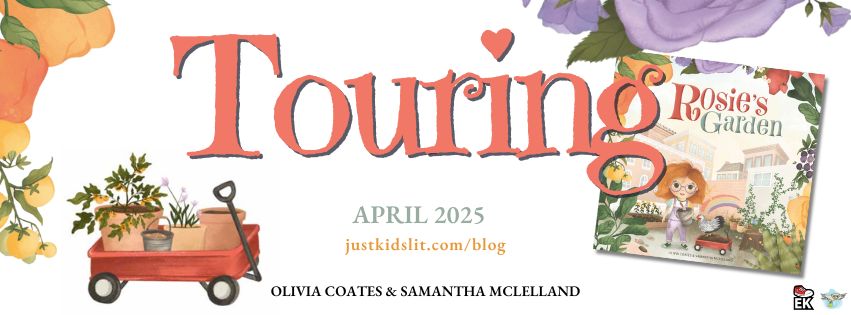
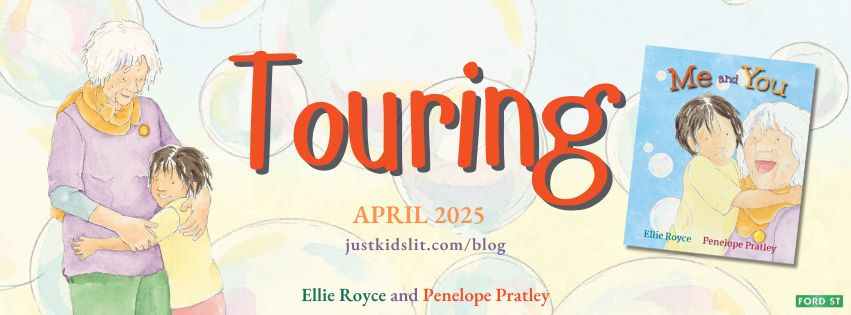
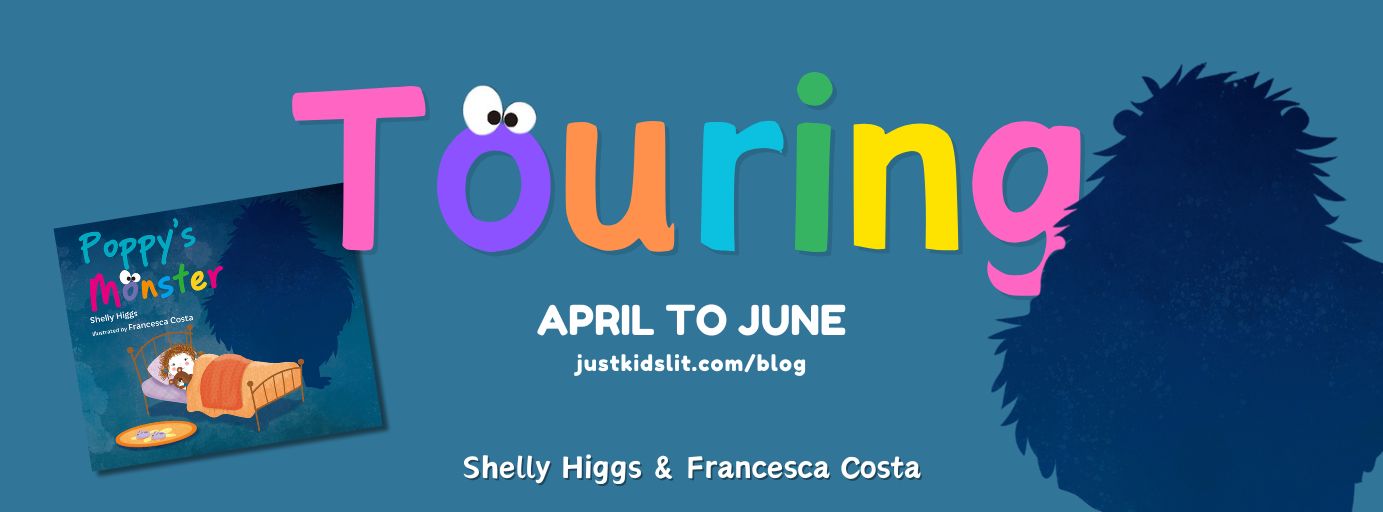
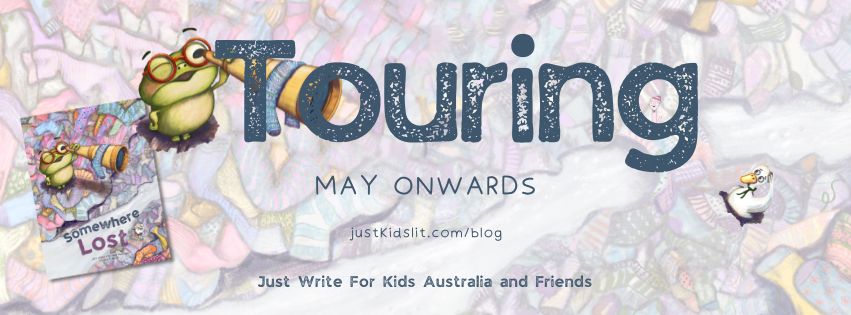





2 thoughts to “Bonding with Bill Condon and All of Us Together”
Thanks very much for having me on your blog, Romi. It’s greatly appreciated. Bill.
The pleasure is all mine, Bill! Thanks for a wonderful insight into your writerly life!